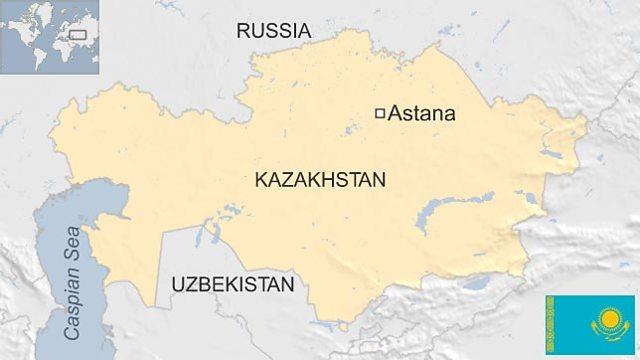China country profile
- Published
This page is no longer being updated. It was last updated on 25 August 2023
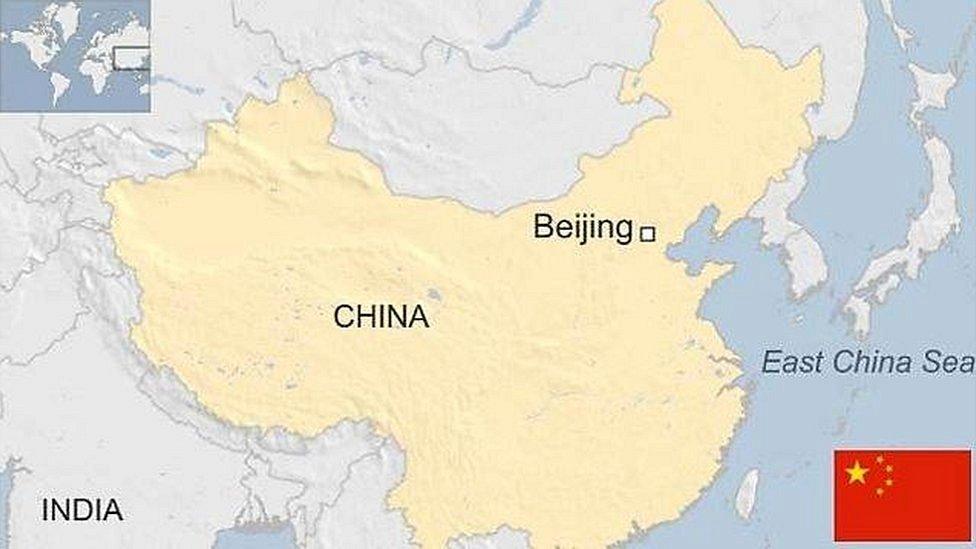
China is one of the world's most populous countries. It has a continuous culture stretching back nearly 4,000 years and originated many of the foundations of the modern world.
The People's Republic of China was founded in 1949 after the Communist Party defeated the nationalist Kuomintang, who retreated to Taiwan, creating two rival Chinese states - the People's Republic on the mainland and the Republic of China on Taiwan.
After stagnating for decades under the rigid totalitarian socialism of founder Mao Zedong, China reformed its economy along partly-capitalist lines to make it one of the world's fastest-growing, as well a leading exporter.
China is now a major overseas investor, and is pursuing an increasingly assertive foreign and defence policy far beyond East Asia.
But economic change has not been matched by political reform, and the Communist Party retains a tight grip on political life and much of wider society.
See more country profiles , external- Profiles by BBC Monitoring, external
PEOPLE'S REPUBLIC OF CHINA: FACTS
Capital: Beijing
Area: 9,596,961 sq km
Population: 1.41 billion
Languages: Mandarin Chinese, also Mongolian, Uyghur, Tibetan, Zhuang and others
Life expectancy: 74 years (men) 79 years (women)
LEADERS
President: Xi Jinping
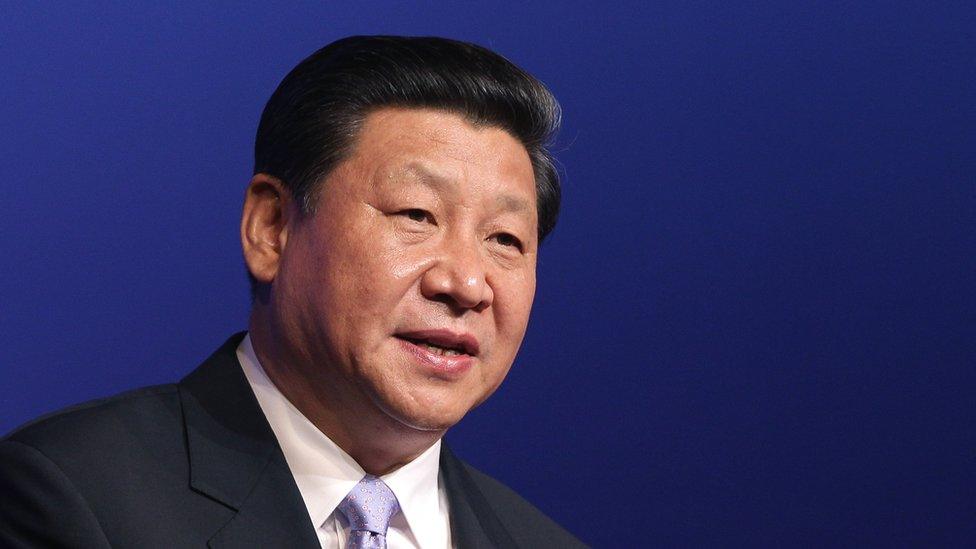
Xi Jinping came to power in 2012-13 as the hand-picked heir of predecessor Hu Jintao. Since taking over he has concentrated power in his hands, rather than sticking with the traditional post-Mao system of collective leadership.
His position as the most powerful leader since Mao Zedong was cemented in 2017, when his name and political philosophy was written into the Communist Party constitution.
In early 2018 the party allowed him to remain in office indefinitely by abolishing the conventional two-term presidential limit.
President Xi rejects constitutional democracy and human rights as models for China, has imposed strict limits on freedom of expression, especially on social media, tightened control over Hong Kong and incarcerated thousands of Muslim Uyghurs in brutal "re-education camps".
MEDIA

China has the world's biggest internet audience, but content is tightly controlled
China is the largest media market in the world.
Outlets operate under tight Communist Party control. The opening-up of the industry has extended to distribution and advertising, but not necessarily to editorial content.
Beijing tries to limit access to foreign news by restricting rebroadcasting and the reach of satellite TV, and by blocking websites using an extensive filtering system known as the "Great Firewall".
With 772 million users, China has the world's largest online population. Three powerful companies - Baidu, Alibaba and Tencent - dominate the market.
Tencent's WeChat messenger has more than 900 million users worldwide.
Read full media profile
TIMELINE
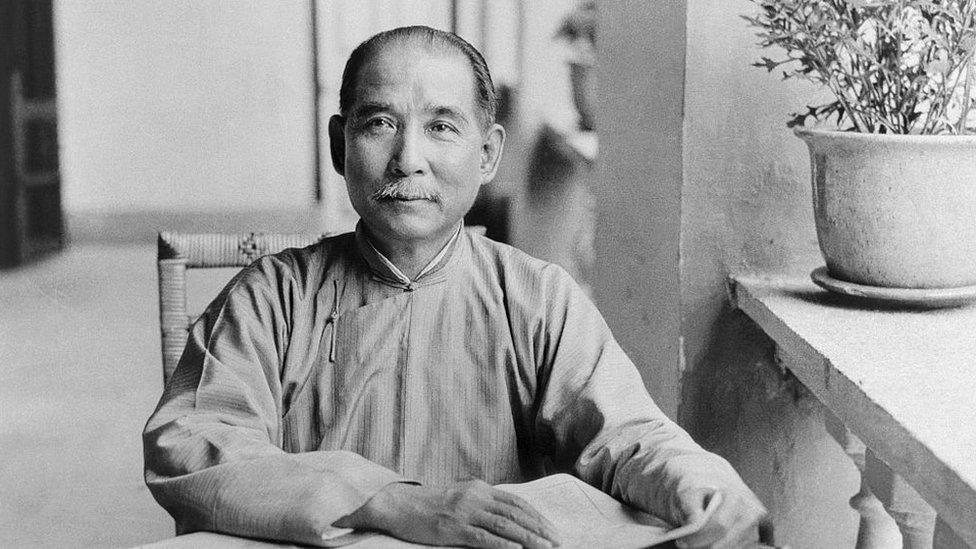
Sun Yat-sen was the first president of the Republic of China - and is acknowledged by both Beijing and Taipei as a key 20th Century figure
Some key events in China's history:
16th-11th Centuries BC - Shang or Yin dynasty rules northern China: the first Chinese state for which clear written records remain.
1046-256BC - Zhou dynasty: centralised power gradually decreases from the 8th Century onwards, with regional warlords increasingly exercising political autonomy.
475-221BC - Warring States period: China is split into seven major states, the period is characterised by warfare, as well as bureaucratic and military reforms.
221-206BC - The Chinese heartland is united for the first time under the first emperor, Qin Shi Huang, founder of the Qin dynasty.
206BC-220AD - Following civil war, the Han dynasty emerges, creating a cultural identity among still remembered in the ethnonym of the Han Chinese. The empire expands its territory with military campaigns in central Asia, Mongolia, Korea, southern China and Vietnam.
7th-13th Centuries - Under the Tang (618-690) and Song dynasties (960-1279) China's economy flourishes. It is the first country to issue paper money. Between the 10th-11th centuries, China's population doubles to 100 million mostly due to the expansion of rice cultivation in central and southern China.
1205-1279 - Mongol conquest of China. China's population halves during this period.

The Great Wall of China was built in the 14th Century as a barrier against the nomadic peoples of the north
1368-1644 - Ming dynasty: follows the collapse of the Mongol-led Yuan dynasty. China's capital is moved from Nanjing to Beijing. China creates one of the world's strongest navies, characterised by admiral Zheng He's voyages throughout the Indian Ocean, reaching as far as East Africa.
1644-1912 - Qing dynasty. The Manchu conquest of China (1618-1683) sees a decades long conflict between the emerging Qing dynasty, the incumbent Ming dynasty, and several smaller factions. It ends with the consolidation of Qing rule, the last imperial dynasty of China.
1839-42 and 1856-60 - Opium Wars. Fought between China, the UK and later France, triggered by China's campaign to stop opium trafficking by British merchants. European military superiority forces China to unequal treaties granting trade concessions and territory to Western powers. This begins China's "century of humiliation" (1839-1940s) a term used in China to describe the period of intervention and subjugation of the Qing dynasty and the Republic of China by Western powers and Japan.
1850-1864 - The Taiping Rebellion: civil war between the Manchu-led Qing dynasty and the Hakka-led Taiping Heavenly Kingdom based in Nanjing. Between 20-30 million people are killed.
1862-1877 - Dungan or Tongzhi Hui Revolt, or or Hui (Muslim) Minorities War: Uprising in western China mainly by Chinese Muslims. Results in significant population changes in northwest China. Some 21 million die due to massacres, famine and plague.
1894-95 - Sino-Japanese War: China loses influence in Korea, which becomes a Japanese protectorate, and is forced to cede Taiwan to Japan.
1899-1901 - Boxer Rebellion or the Yihetuan Movement: an anti-foreign, anti-colonial and anti-Christian uprising. After hesitation, the Imperial government supports the Boxers. Western powers intervene with 20,000 troops and capture and loot Beijing. The Qing dynasty's handling of the rebellion further weakens their control over China.
1911-12 - Military revolts lead to the proclamation of Republic of China under Sun Yat-sen, but much of the country is taken over by warlords.
Late-1920s - The Kuomintang under Chiang Kai-shek, reunify much of the country and move the capital to Nanjing.
1927-37 - China is politically and militarily divided between the Kuomintang and the Communists under Mao Zedong. The Kuomintang score successes against the Red Army, which is forced to retreat in the Long March (1934-35) to Shaanxi in northwest China.
1931 - Mukden Incident: Japan's army stages a bomb attack on railway line, blaming Chinese dissidents, and uses this as a pretext to invade Manchuria. This date is sometimes seen as the start of the Second Sino-Japanese War.
1937-45 - Second Sino-Japanese War: The 1937 Marco Polo Bridge incident sees Chinese and Japanese forces clash, leading to a full-scale Japanese invasion. Japan quickly captures Beijing, Shanghai and Nanjing. Some 40,000-300,000 Chinese are killed by Japanese forces in the Nanjing massacre - which remains an issue between modern China and Japan. China's government relocates to Chongqing.
1939 - War reaches a stalemate: Japan controls major cities but lacks the forces to control the interior.
1939-45 - World War Two sees uneasy alliance between the Communists and Kuomintang.
1945-49 - China's civil war resumes as Japan's military defeat becomes clearer. The Communists gain control of mainland China and established the People's Republic of China in 1949 under Mao Zedong, forcing the leadership of the Republic of China to retreat to the island of Taiwan.
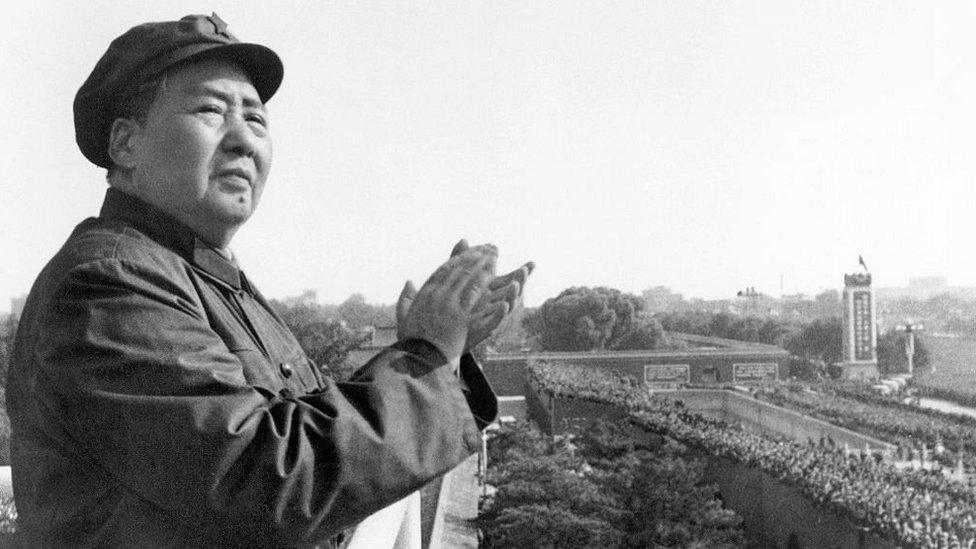
Mao Zedong was the founder of the People's Republic of China, which he led until his death in 1976
1958-62 - Great Leap Forward: a campaign to quickly turn China from an agricultural to an industrialised society disrupts agriculture and leads to an economic breakdown. It is soon abandoned. Between 15-55 million people die in one of the largest famines in history.
1966-76 - Cultural Revolution: Mao launches a movement designed to preserve Chinese communism by purging remnants of capitalist and traditional elements from society. It marks Mao's return to power after a period of self-abstention following the Great Leap Forward.
1976 - Mao dies. From 1977, pragmatist Deng Xiaoping undertakes far-reaching economic reforms.

Shanghai is China's largest city - and a global centre for finance, science and manufacturing
1989 - Troops open fire on pro-democracy protesters in Beijing's Tiananmen Square, killing hundreds of people.
1997 and 1999 - British Hong Kong and then Portuguese Macau return to China under the principle of one country, two systems.
2001 - China joins the World Trade Organization.
2008 - China hosts the Beijing Olympics.
2010 - China becomes the world's second-largest economy after the United States, when Japan's economy shrank in the final months of the year.
2012-13 - Xi Jinping becomes president, and steadily concentrates state and party power in his hands.

2012 onwards - Periodic diplomatic clashes between China and its neighbours over disputed islands and competing territorial claims in the South China Sea - a major global shipping route.
2013 - China launches the Belt and Road Initiative, a global infrastructure investment to invest in more than 150 countries and international organisations - a central part of Xi's foreign policy.
2017 onwards - China launches a continuing crackdown on dissent in Xinjiang, with an estimated one million people, mostly Uyghurs in internment camps.
2019-2022 - Beijing enforces strict public health measures intended eradicate the Covid-19 virus but eventually forces to abandon these after protests in 2022.
2022 - Relations between Taiwan and China deteriorate sharply after a visit to the island by US House Speaker Nancy Pelosi. China launched a series of military exercises, including the firing of ballistic missiles, around Taiwan.
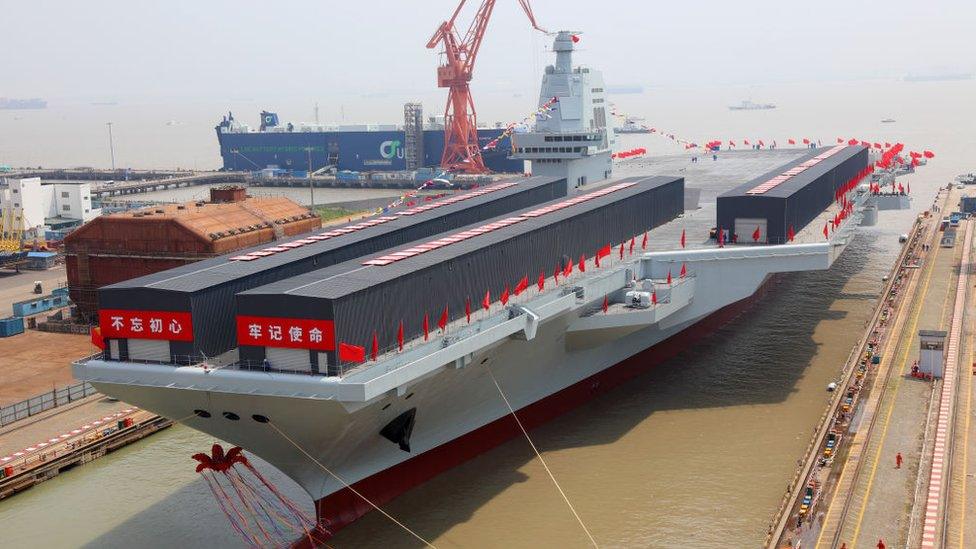
China's launches its third aircraft carrier, the Fujian: its navy is now the world's biggest, in terms of the number of ships in the fleet
Related topics
- Published7 January
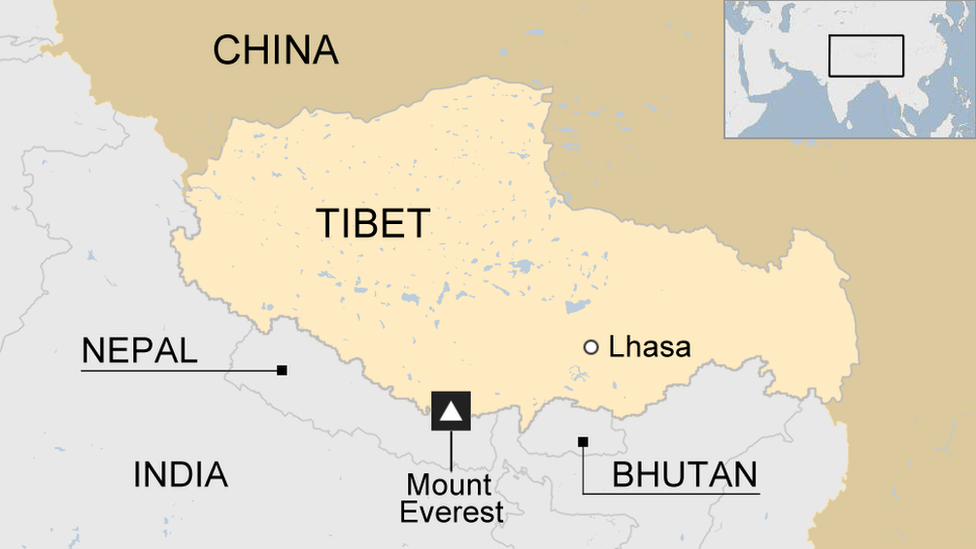
- Published25 August 2023
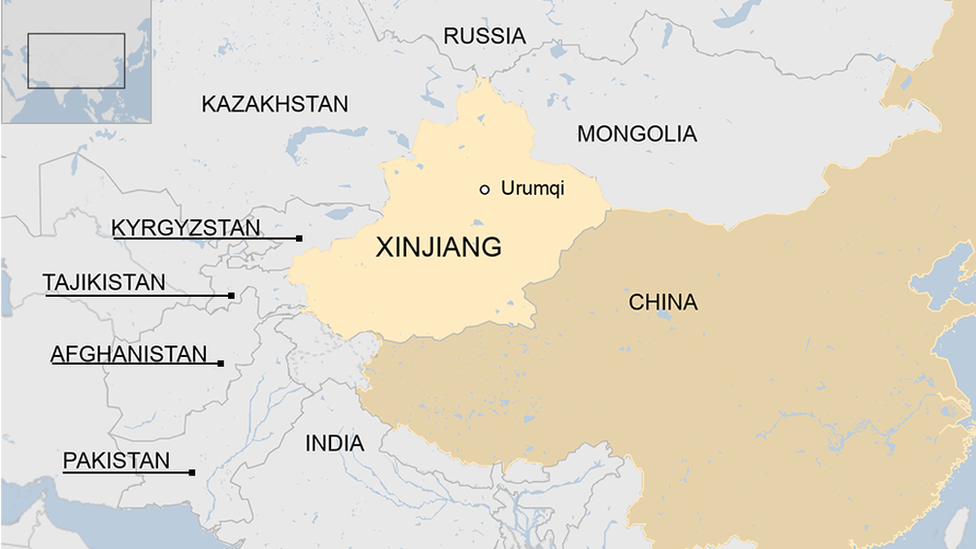
- Published4 September 2023
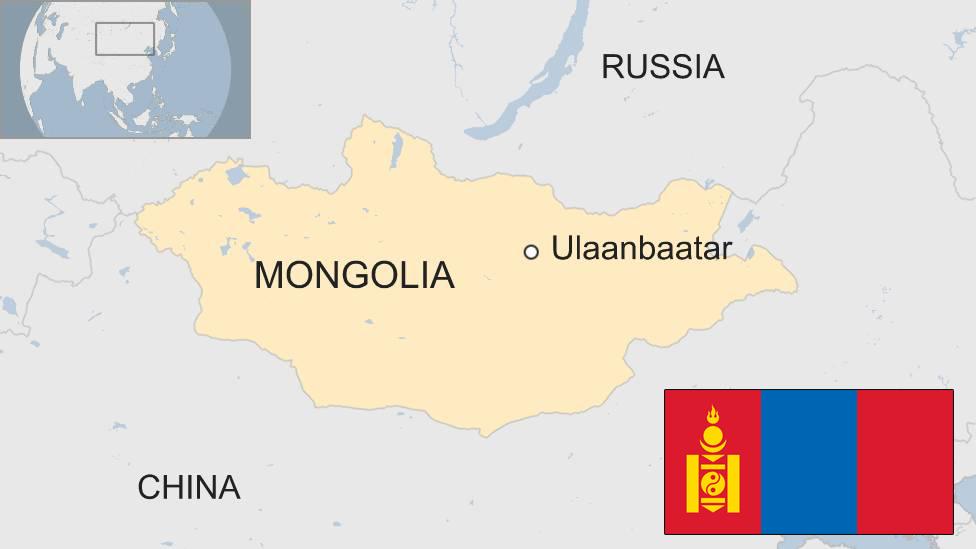
- Published25 March 2024
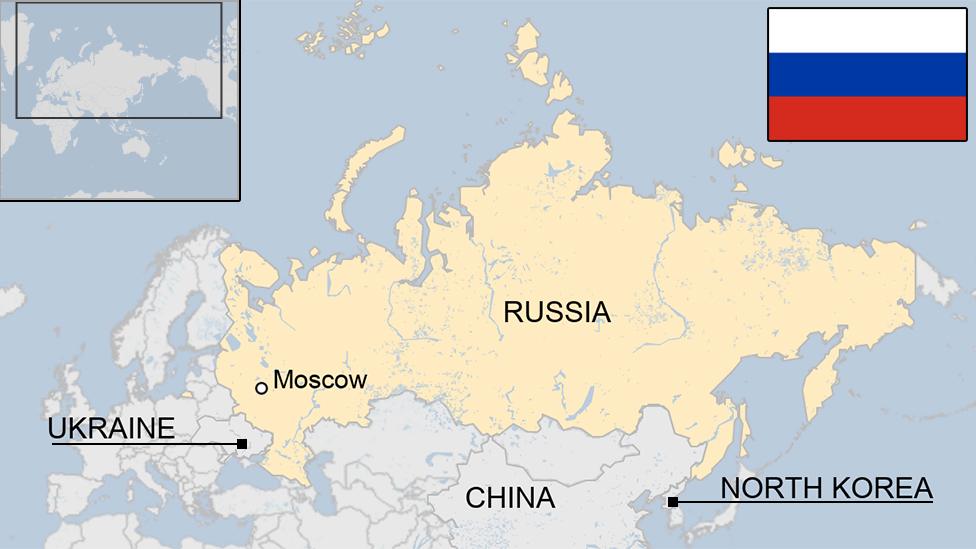
- Published19 July 2023
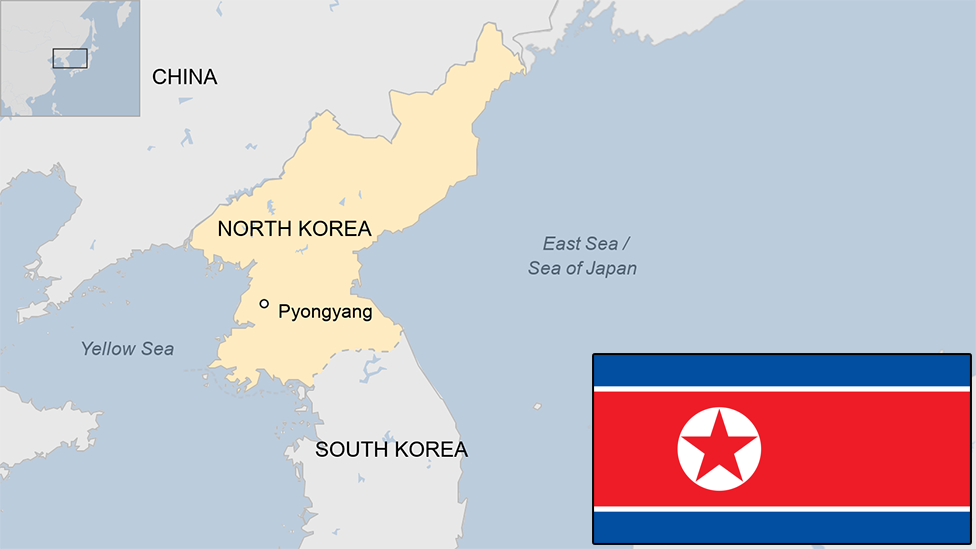
- Published15 January 2024
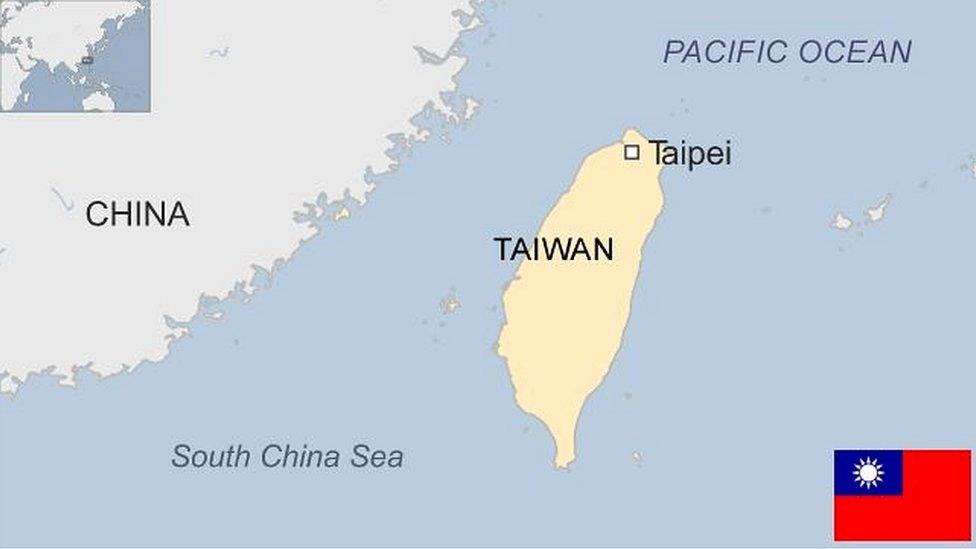
- Published7 January
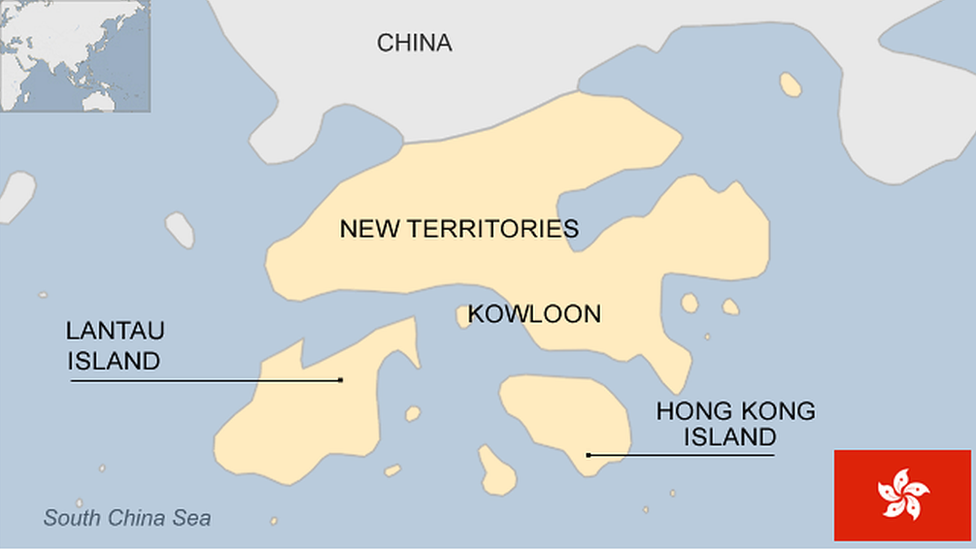
- Published7 January
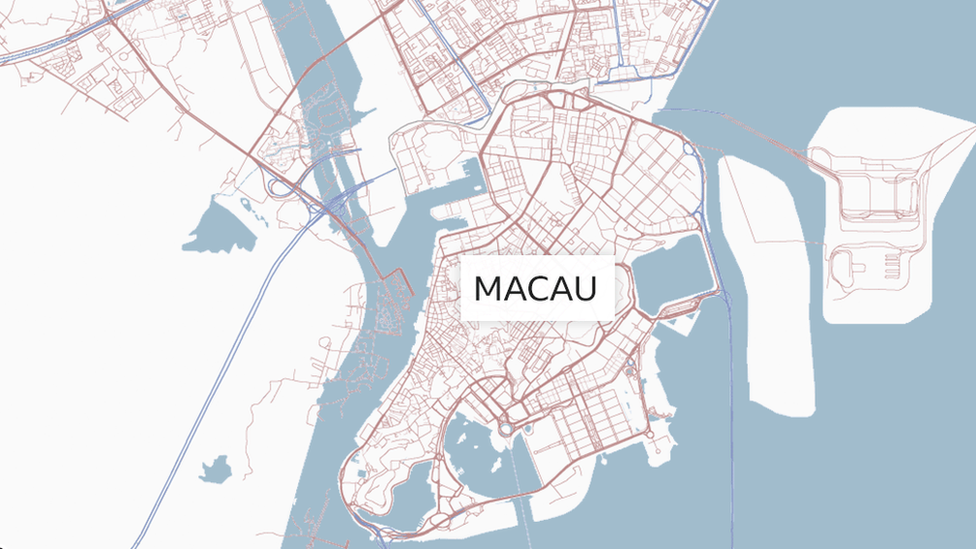
- Published23 October 2024
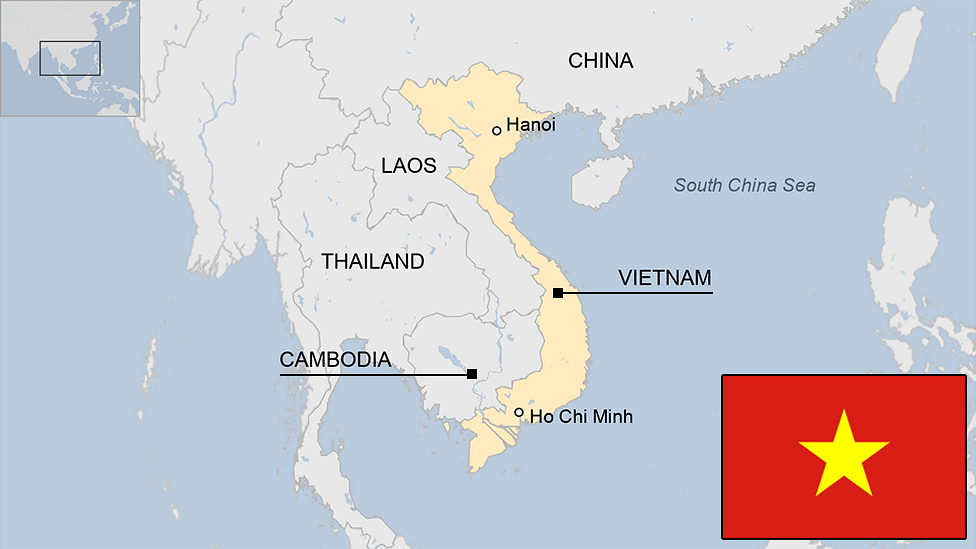
- Published18 April 2023
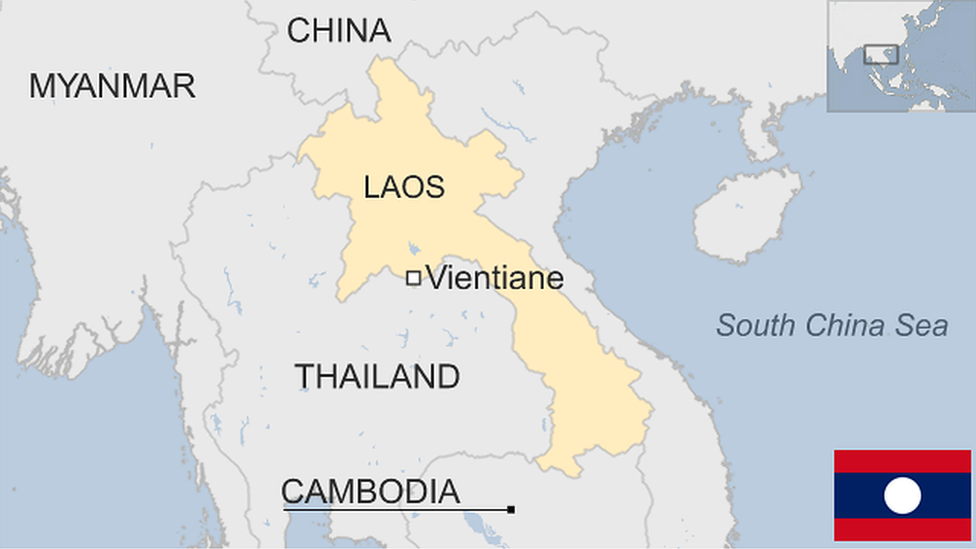
- Published26 May 2023
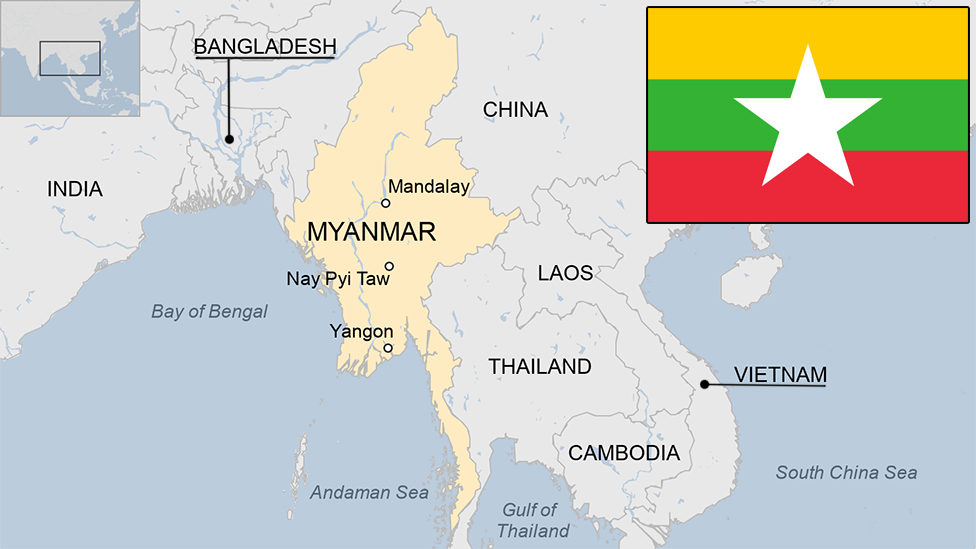
- Published10 March
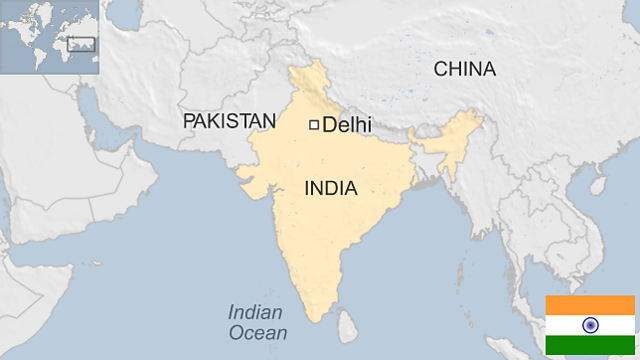
- Published10 March
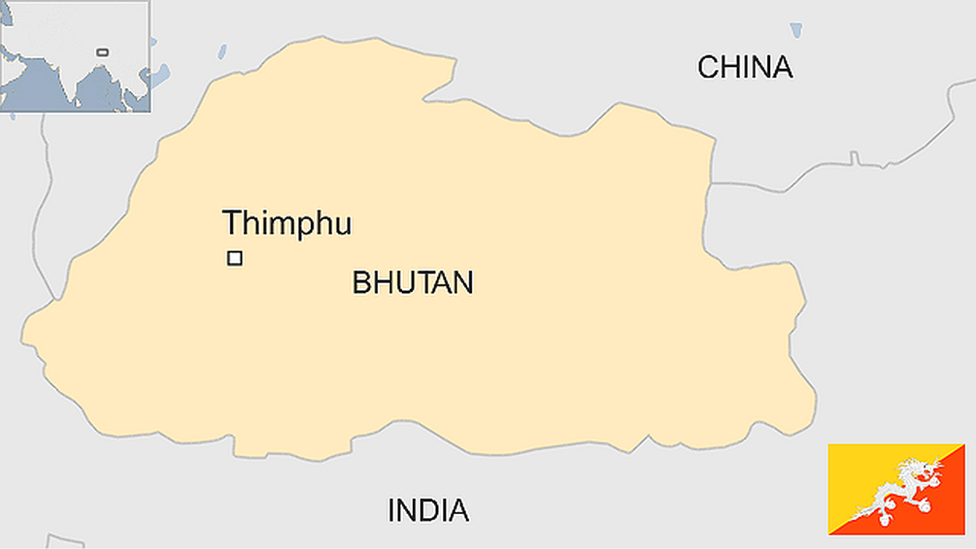
- Published15 July 2024

- Published15 March 2024

- Published10 March
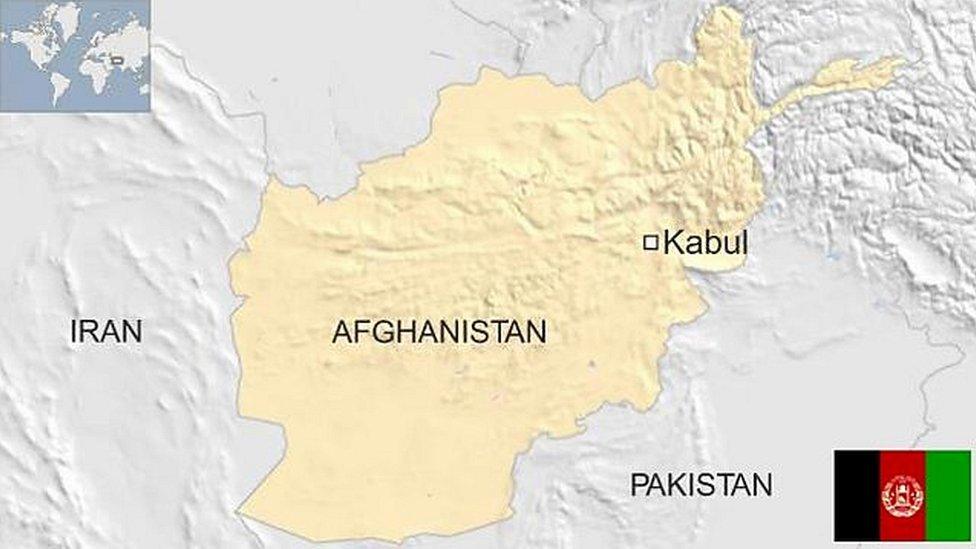
- Published30 October 2024
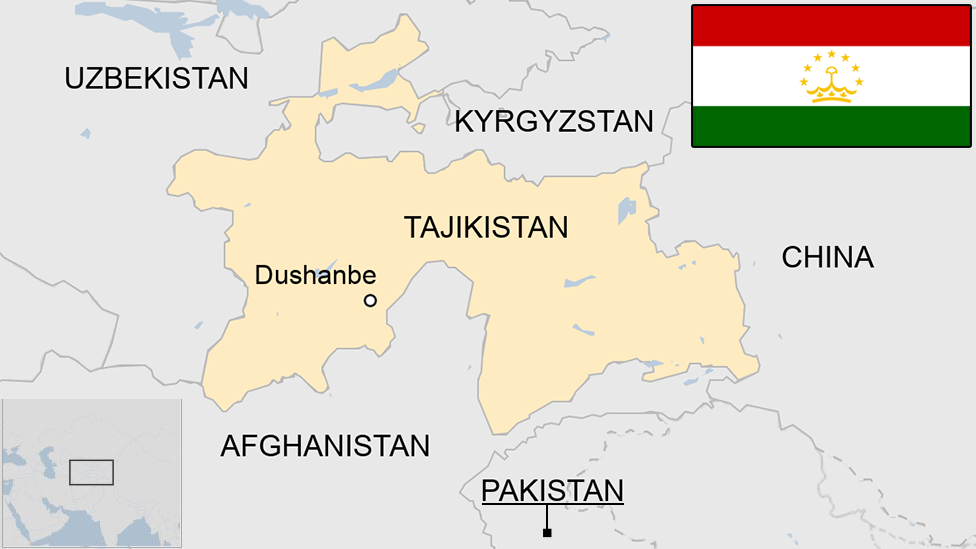
- Published24 March 2023
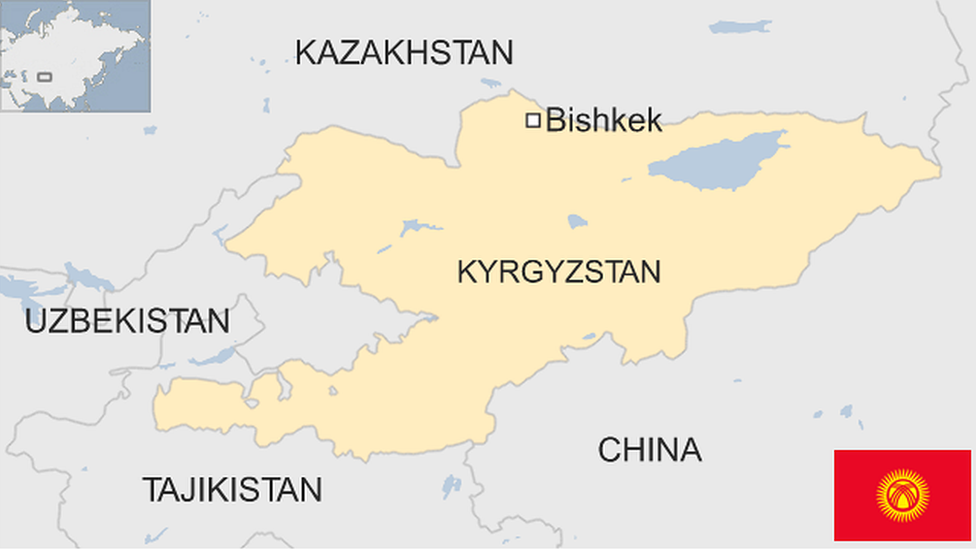
- Published24 March 2023
